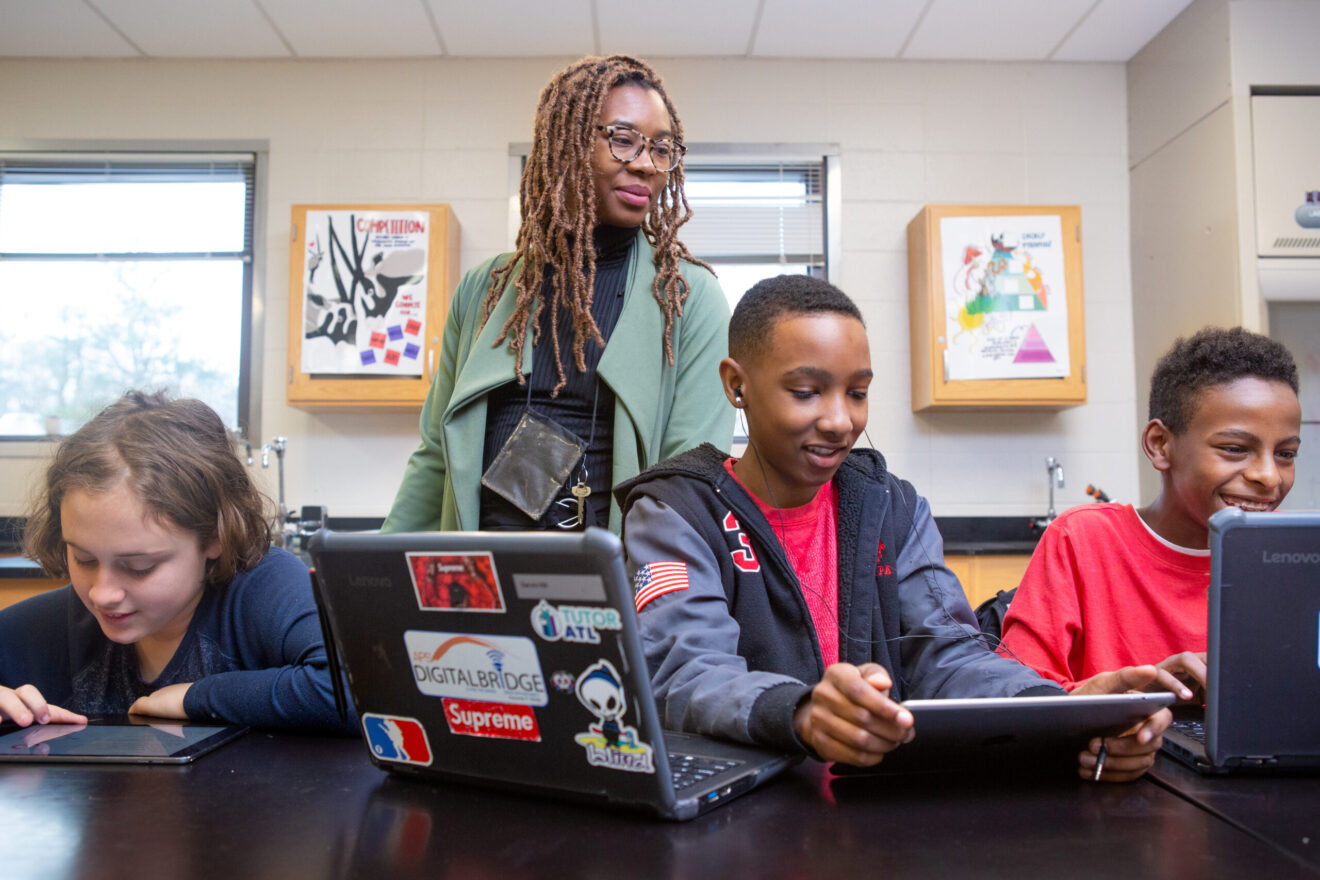As the new school year is underway and Elementary and Secondary School Emergency Relief funding deadlines are top-of-mind for many, administrators and technology staff are tasked with whittling down edtech tools to only those that are making a true impact. This means a bigger focus on proving efficacy and measuring the return on investment.

After spending three decades of my career in public education focused on curriculum development and elevating student achievement, I understand effectively evaluating edtech solutions requires a holistic approach — one that’s tailored to your particular school.
It often takes until year three to be able to prove the efficacy of an edtech product, as the first year is focused on procurement and the second on training and building fidelity. While some solutions may offer clearly defined efficacy data, like ESSA validation, more often than not, administrators and tech teams have to create a custom way to evaluate and report on the success of their school’s edtech products. With the added pressures of the impending funding cliff, this has to be done within a shorter time frame.
How to determine edtech success
In my experience, considering these important questions helps provide a better understanding of an edtech solution’s success:
What feedback are you getting from end users?
Having solid data is a great start, but speaking to the end users on a daily basis is where you’ll discover some of the richest insights. If teachers and students see the edtech solution as a burden or something that provides little to no value in their teaching or learning, it will be incredibly difficult to ensure longevity.
Take the time to ask questions like, “How often do you use the tool?”, “Do you feel like this helps you be more effective in your learning/teaching?” or “How would you make this better?” This feedback can play an important role when making the case for which edtech tools should stay in the year’s budget.
Is the data you are receiving helpful or actionable?
Edtech tools shouldn’t be set-it-and-forget-it solutions. You should have data at your fingertips that can help you understand how the tool is performing.
Are you seeing usage reports? Can you tell which teachers or students are most engaged with the products? For instance, my team worked with GoGuardian, and their detailed dashboards and reports provided us with information that helped us understand if or when we might need additional training or professional development for certain tools.
Another key component is checking to see if the data you are receiving is matching end-user feedback. Positive end-user sentiment is great, but when it is backed by supporting data, it becomes even more valuable.
Is student achievement improving?
It can take a significant amount of time to accurately gauge whether an edtech product is positively impacting student learning outcomes. In the short term, check with teachers to see if their students are engaging with the product and if it seems to be helping with small incremental improvements.
For example, we were able to quickly see that certain in-classroom, formative assessment tools like Pear Deck helped make a difference when it comes to student engagement levels and mastery of certain subjects.
If usage is down, do you know why?
Usage data is important but should not serve as the end-all, be-all metric, as there are many factors that can impact this. Before assuming an edtech tool is a total loss, make sure to investigate low usage numbers by asking such questions as “Was there a structured implementation and training process?”, “Are there any technical issues that are limiting use?” or “Is usage being rewarded in any way?”
If you’ve uncovered and addressed any underlying issues and still find usage is low, then you can likely determine the tool isn’t the right fit for your school’s needs.
Is the solution working for all students?
When evaluating an edtech tool’s success, it is important to consider multiple perspectives and ensure the solution is working for all students. Can the tool be accessed on a variety of devices? Are accessibility features making a difference for the students who need them most?
Teachers and students rely on so many different edtech solutions on a daily basis, and it is important that all data, evidence and feedback are taken into consideration when determining which stay in the budget and which might get cut. Using a holistic approach that combines all of these factors is one way to feel more confident throughout the decision-making process.
Kelly Harte is an educational professional with three decades of experience in K-12 public education. Her expertise spans curriculum development, cross-team leadership, adult learning theory and elevation of student achievement. Her most recent role was Assistant Superintendent of Schools at Morris School District in New Jersey, which has used GoGuardian products, including Pear Deck.
Opinions expressed by SmartBrief contributors are their own.
_________________________
Subscribe to SmartBrief’s FREE email newsletter to see the latest hot topics on edtech. It’s among SmartBrief’s more than 250 industry-focused newsletters.
